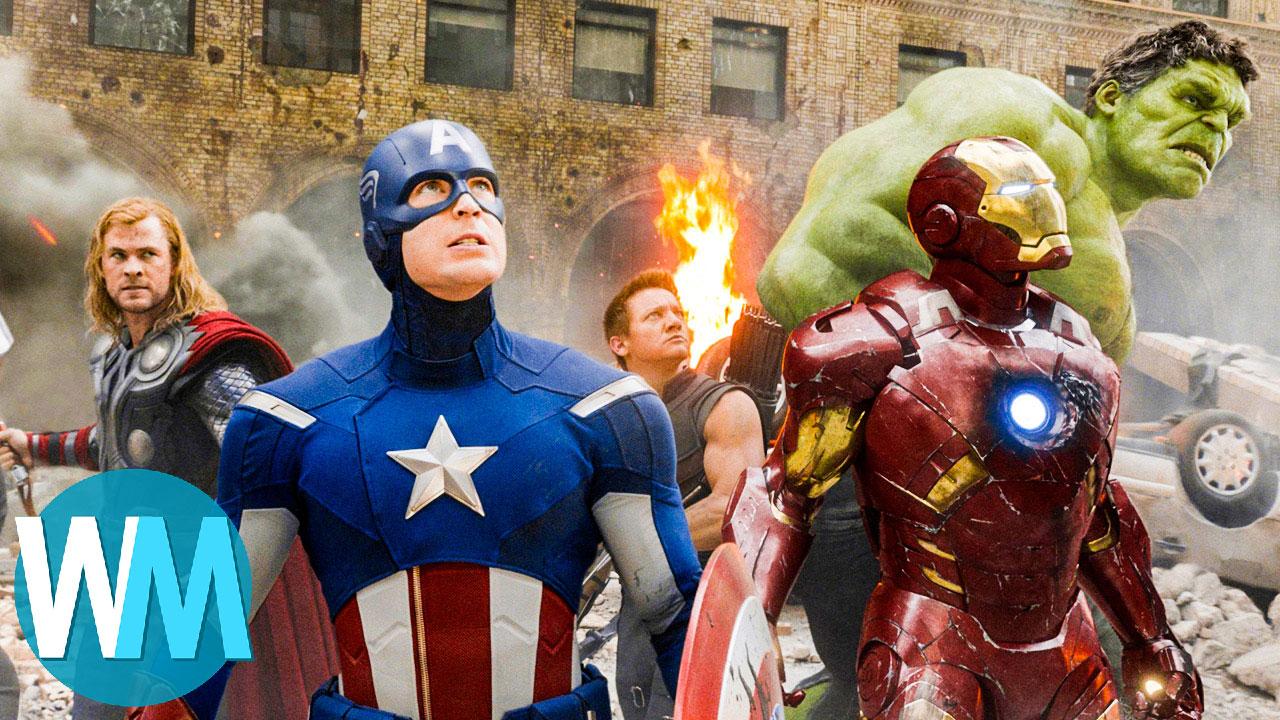

The slow shutter speed, rudimentary by today’s standards, recreates the old comic book artist hack to visually communicate motion by using repeated images and speed lines. Then once in post, they sped up playback to make it all look like it happened faster. To get the motion blur effect, they used two Flashes at once and shot them using a slow shutter speed. And to bring his powers to life, they relied heavily on in-camera tricks. Still, this was the first time Barry Allen used his superspeed in front of a camera. Which is probably why it was one of the earliest powers to get translated into live-action.Īfter the success of Tim Burton’s Batman, CBS wanted in on the action and created the Flash, but it only survived for one season. Characters like, Superman, Quicksilver, Speed, and all the speedsters have it. Super speed is a useful quality in a hero, but it isn’t particularly rare. So let’s examine some of the most iconic examples of how directors have brought their heroes’ powers to life. And this time, we’re looking at superpowers. But once filmmakers stopped treating CGI as a silver bullet and started using it as just another tool in the toolbox, literally anything became possible and the only thing limiting a heroes’ powers was the filmmakers’ imagination.Īs fans vote in yet another round of IGN’s Super Movie Madness, we’re continuing our investigation into what separates good superhero movies from great ones. Of course, some CGI from the early 2000s was very, very bad. For the most part, the practical effects technology of the time just wasn’t enough to convincingly recreate one of the most important parts of comics: the powers of our favorite heroes.Īll that changed in the early 2000s thanks to the increased adoption of computer generated imagery. Sure, some superheroes found some early success on the silver screen, like Richard Donner’s Superman and Tim Burton’s Batman, but those films were exceptions to the rule. Seeing their favorite superhero fighting might cause them to exhibit violence too (6).But it would take almost 70 years before our favorite caped crusaders finally conquered America’s greatest cultural export: cinema. So, they might start believing that being violent is the correct approach to achieve your targets. Children have impressionable minds and quickly pick up what they see on screen. Superhero movies tend to show a lot of violence. They may start personifying the superhero and believe they are superior compared to others. Watching superheroes being all mighty may cause children to develop an inflated sense of self. May cause children to develop a superiority complex

With this, there are chances they might disconnect from reality and lose themselves in the imaginary world (7). Role-playing their superheroes may cause them to believe that the world of superheroes is real. Children may imagine being a part of this fantastic world. The world of superheroes is exciting and fascinating. Risky actions, such as jumping from a height, climbing, or playing with sharp tools, might cause serious injuries (8).
#SUPERHERO MOVIE EFFECTS ON SOCIETY FULL#
May put the children at the risk of injuriesĬhildren who are enamored i X Full of affection towards someone or something by superheroes might try to emulate them and start pulling risky stunts. Knowing the harmful effects of superheroes on your child can help you show your child the right (7). While superheroes have strong positive influences on your child’s life, they might negatively affect your child too. So, it’s important for parents to monitor their children’s media consumption and discuss with them the difference between fantasy and reality.” Others may use their powers in ways that are selfish or misguided, causing harm to those around them. Garrison opines, “Some superheroes may cause harm in their efforts to protect others, either accidentally or because they believe it is necessary to achieve a greater good.

Probable Negative Impacts Of Superheroes On Childrenĭr.


 0 kommentar(er)
0 kommentar(er)
